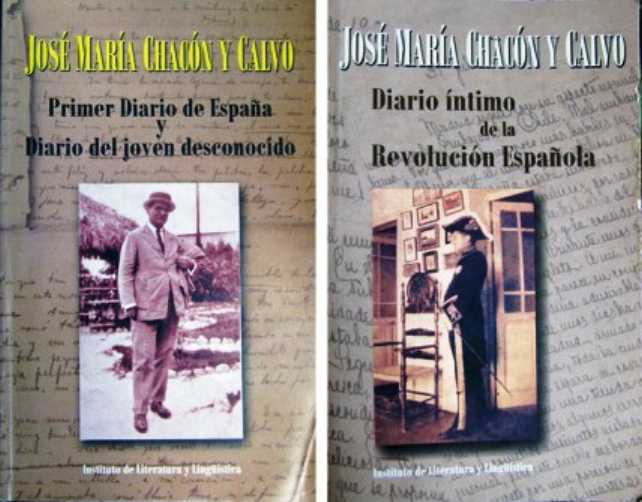4.4.8 The investigative and essay work of José María Chacón y Calvo (1892 – 1969)

José María Chacón was an avid student of Cuban literature and the Spanish tradition that also informed it. His literary legacy is quite extensive, beginning with his 1913 lecture “The Origins of Poetry in Cuba,” which already reveals his exploration of the Spanish roots of our literary expressions, especially the earliest ones.
In this sense, he was a pioneer of comparative studies and of an understanding of literature as rooted in its historical and social context, in line with the thinking of the most renowned Spanish literary scholars, including Marcelino Menéndez y Pelayo and Ramón Menéndez Pidal. He valued the relationship between society and the individual as a determining factor in the development of a writer.
He focuses on essential figures of our lyrical tradition, including José María Heredia—he also explores and admires the poetics of Gertrudis Gómez de Avellaneda, but fails to aesthetically grasp her relationship with Cubanness—and in this approach he also reflects his own theoretical framework and the relevance of the historical method to literary analysis.
Chacón y Calvo also addresses the poetics of Zenea, to whom he attributes “a long and profound sentimental resonance,” according to Jorge Mañach, who nevertheless implicitly reproaches Chacón for focusing on specific areas of Cuban literary material and not risking a vision of the whole, the result of an erudition whose fruits were still pending.
Faithful to his theoretical assumptions of literary inquiry beyond our borders, sometimes per se, other times out of a binding passion, in 1916 he gave the lecture “Cervantes and the Romancero”, whose theme is interpreted in light of the interaction between the individuality of Cervantes and the popular speech reflected in Don Quixote.
Chacón and Calvo’s essayistic talents gained ground over his traits as meticulous researchers; greater discursive freedom in the free association of ideas can be seen in “Hermanito menor” (Little Brother), from 1919, and “Ensayos sentimentales” (Sentimental Essays), from 1922. His writings increasingly tended to be based on a conception of literary criticism as a creative art and not merely a scientific interpretation.
His writings have been published in numerous media outlets, including El Fígaro, El Mundo, Diario de la Marina, Revista Bimestre Cubana, Revista Cubana, Cuba Contemporánea, Universidad de la Habana, and Revista Lyceum. He also served as president of the Cuban Academy of Language and of the Literature Section of the Ateneo de la Habana.








